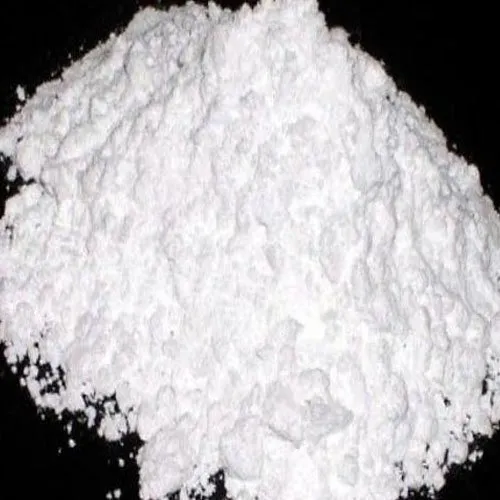Soapstone has long held a cherished place in the world of sculpture. Its unique characteristics make it a favored choice among both novice and seasoned sculptors. From its softness and ease of carving to its rich history in artistic and utilitarian creations, soapstone continues to captivate the creative minds of artists worldwide. But is it truly the ideal material for sculptors? Let’s delve into its properties, benefits, and applications to understand its unparalleled appeal.
What Makes Soapstone Special?
Soapstone, also known as steatite, is a metamorphic rock predominantly composed of talc. This composition grants it remarkable softness, which is a defining characteristic. Unlike other materials that can be brittle or challenging to shape, soapstone is renowned for its workability. This quality enables artists to craft intricate details, making it particularly suitable for fine sculptures and detailed carvings.
One of the reasons soapstone stands out is its texture. Smooth to the touch, it offers an inviting tactile experience that enhances the sculptor’s connection with their medium. Furthermore, its subtle sheen, which becomes more pronounced with polishing, adds an aesthetic appeal that elevates the final artwork.
As a leading Soapstone exporter in India, Anand Talc ensures the delivery of premium-quality material that meets the diverse needs of artists and industries alike.
Advantages of Soapstone for Sculptors
- Ease of Carving: Soapstone’s softness, rated 1 on the Mohs scale, allows sculptors to carve effortlessly. This property makes it ideal for beginners experimenting with sculpting techniques.
- Durability: Despite its softness, soapstone is non-porous and resistant to weathering. This ensures that sculptures remain intact and retain their beauty over time.
- Versatility in Finishes: Whether left with a natural matte texture or polished to a glossy finish, soapstone adapts to the artist’s vision.
- Thermal Resistance: Sculptors designing functional pieces, such as cooking slabs or decorative items, benefit from its ability to withstand high temperatures without cracking.
- Eco-Friendly: Soapstone is a natural and recyclable material, aligning with sustainable artistic practices.
Applications Beyond Sculpture
While soapstone’s primary allure lies in its use for artistic sculptures, its versatility extends into numerous industries. Interior designers utilize soapstone for countertops, sinks, and fireplaces due to its durability and aesthetic appeal. In addition, the industrial sector benefits from soapstone’s thermal and chemical resistance. Anand Talc, a trusted Talc Powder Exporter in India, supplies materials that cater to these diverse applications, ensuring quality and reliability.
Challenges Sculptors May Face
Though soapstone offers numerous advantages, it is not without challenges. Its softness, while beneficial for carving, can make it prone to scratches or dents during the sculpting process. Sculptors need to handle the material carefully, particularly when working on intricate designs. Additionally, due to its composition, prolonged exposure to moisture can sometimes result in slight discoloration.
To mitigate these issues, artists often treat their finished pieces with protective coatings or sealants, enhancing the sculpture’s longevity and preserving its visual appeal.
The Timeless Appeal of Soapstone in Art History
The use of soapstone dates back centuries, with evidence of its application in ancient artifacts and religious icons. From the Inuit communities in the Arctic regions to African tribes, soapstone has served as a medium for storytelling and cultural expression. Its ability to be easily shaped while retaining structural integrity made it an invaluable resource for creating items of both artistic and functional significance.
Today, this legacy continues as modern sculptors embrace soapstone to create contemporary works that resonate with tradition and innovation alike.
Tips for Sculptors Working with Soapstone
- Choose the Right Tools: Basic carving tools such as chisels, rasps, and files work exceptionally well on soapstone. For intricate designs, finer tools and abrasives are recommended.
- Wear Protective Gear: While carving soapstone, it is crucial to wear a mask and goggles to protect against fine dust particles.
- Practice Patience: Soapstone’s softness requires a gentle approach. Avoid using excessive force to prevent cracking.
- Experiment with Finishes: Polishing soapstone brings out its natural patterns and colors. Experiment with different finishes to achieve the desired effect.
Soapstone in Modern Sculpture
In contemporary art, soapstone continues to inspire innovation. Artists worldwide experiment with its unique properties to push the boundaries of traditional sculpture. Its adaptability to various scales—ranging from small figurines to large monuments—makes it a versatile material for diverse creative endeavors. Moreover, its ability to take on intricate details is unparalleled, allowing for highly personalized artistic expressions.
For sculptors seeking a material that combines ease of use, durability, and aesthetic versatility, soapstone remains a compelling choice.
Conclusion: The Ideal Material?
While the ideal material for a sculptor depends on their specific project requirements and artistic vision, soapstone undeniably stands out as a top contender. Its workability, coupled with its timeless aesthetic and durability, ensures its continued prominence in the world of sculpture. Whether you are an aspiring artist or an experienced sculptor, exploring soapstone can open doors to a world of creativity and expression. With quality materials sourced from reliable suppliers like Anand Talc, your sculpting journey is bound to be rewarding and fulfilling.

